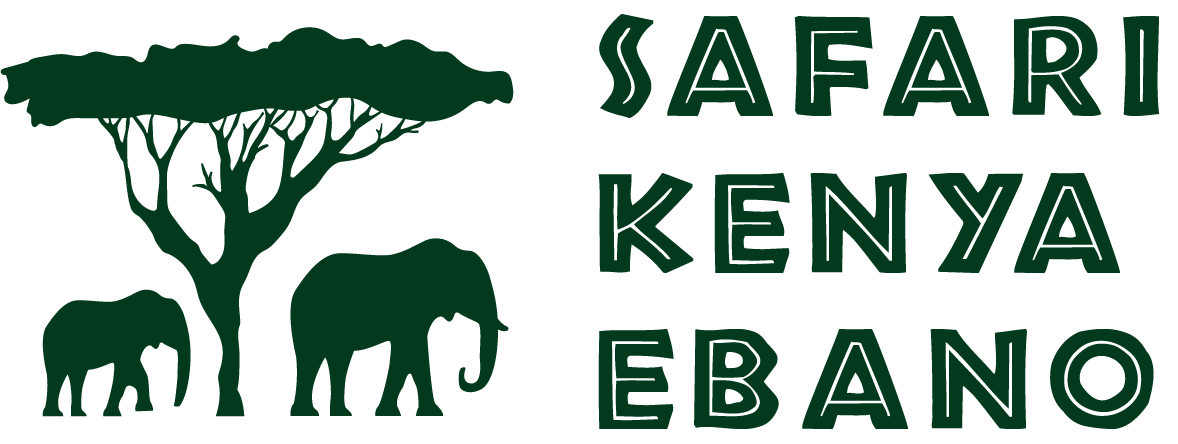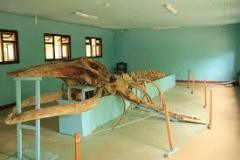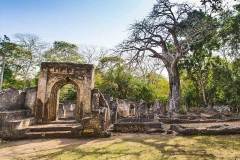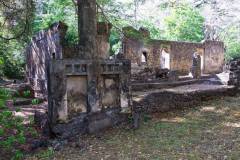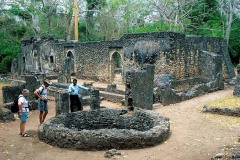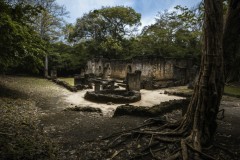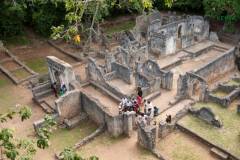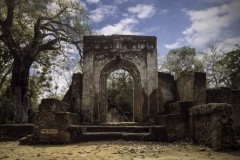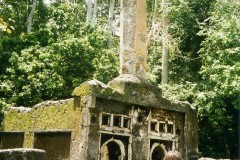Gede Ruins
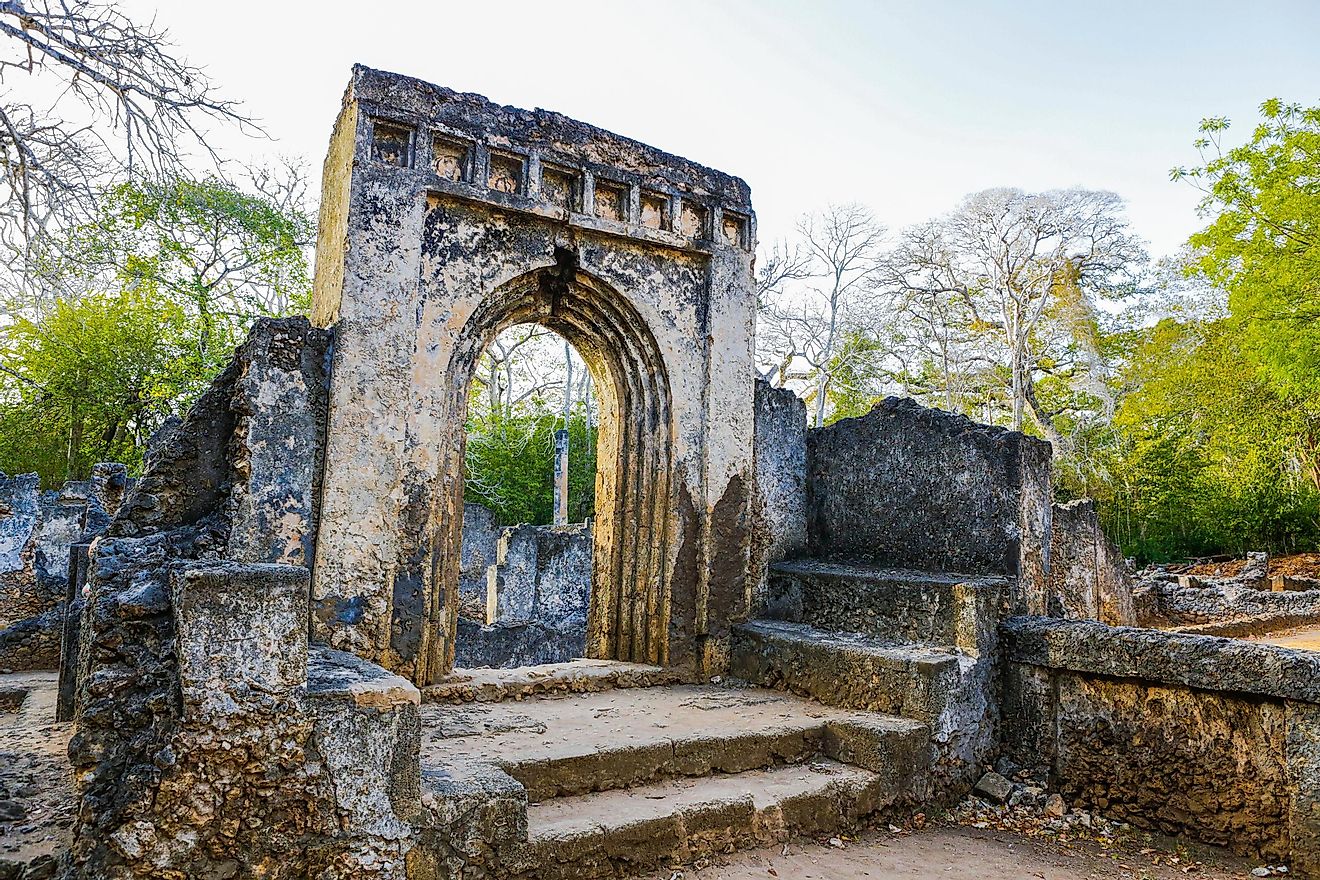
The Lost City of Gede
Gede (from the “precious” Oromo dialect) is an ancient Islamic city dating back to the 13th century located in the Arabuko Sokoke forest about 4 km from Watamu and 20 km from Malindi.
The ruins of Gede are still an unsolved mystery: after much research and various studies, no one is able to say with certainty what really happened to the village and its inhabitants. Gede is not mentioned in any Arabic or Portuguese chronicle of that period.
The “lost city” of Gede was an Arab-Swahili settlement with more than 2500 inhabitants and objects found after numerous excavations indicate the 13th century as the date of foundation of the city.
The site has been inexplicably abandoned twice: around 1500 and definitively during the 1700s, but there are no signs of battles or pestilences such as to presuppose a double and sudden evacuation.
Archaeologists have formulated hypotheses about the fall of Gede: one-part claims that the city was originally located on the shores of the Indian Ocean, and that, once withdrawn, it left the village in dry conditions forcing its inhabitants to leave.
The city of Gede was once surrounded by two walls separating the bourgeois class from the ordinary citizens (mainly the local Swahili population). Inside the bourgeois part of the city are the ruins of three mosques, the sultan’s palace and many houses. The bathrooms of the houses around the Grand Palace are particularly interesting: inside there are squancy toilets and a washing tub, while the most luxurious ones even have a bidet and a sink. Some of them have a courtyard with very deep wells, one also has a small private mausoleum in the garden.
The city reached its peak in the mid-fifteenth century, when it was a thriving commercial center, so much so that excavations brought to light Chinese porcelain, an Indian lamp, Venetian artifacts and Spanish scissors.
Today Gede is nestled in the lush forest of Arabuko Sokoke; once it overlooked the sea, today a few kilometers away. Some stone portals are still very well preserved and offer today a suggestive view, immersed as they are in the forest.
Even today it is possible to appreciate the elaborate architectural structure of the buildings. Even the remains of a temple in the city of Gede remain with a column that survived time. Some buildings also show architectural traces of the short period of Venetian domination.
Gede was chosen as a home by a rich settlement of small Cercopithecus, lively and cute monkeys, who accompany visitors to the city in exchange for some bananas
